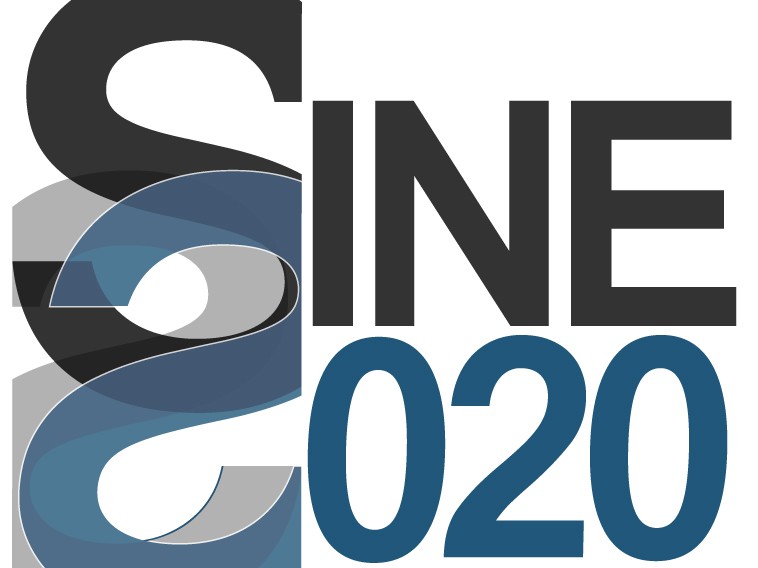Neutrons: From Cradle to Grave
Portugal hosted the Neutrons: Cradle to Grave workshop, the first milestone for SINE2020's E-tools work package, held directly before SINE2020's General Assembly in Coimbra. The meeting was part of Task 1 of their Work Package which works towards accurate simulation of neutron beamlines – from the production of the neutrons at the neutron source all the way to the end of their life as they interact with matter. Workshop participants heard from eight speakers and discussed developments and solutions to create an all-encompassing and more user-friendly neutron simulation solution for the future. The workshop brought together experts from both (a) neutronics (ISIS, PSI, DTU, ESS, ESS-B) for simulating the production and transport of neutrons from the target through moderators and reflectors and (b) Monte Carlo ray-tracing (DTU, ILL, NPI, UCPH) to simulate the transport of neutrons along guides and their interaction with detectors, samples and other materials in the beamlines. Many computing codes and software packages exist (e.g. MCNP, McStas, RESTRAX, Vitess, CombLayer) to simulate the different parts of the neutron experiment but they have evolved separately. The SINE2020 collaboration wants to ease the combination of the different codes to increase realism of neutron simulation, e.g. by allowing it to consider shielding and signal-to-background factors too. This workshop in particular addressed "Requirements/Development for a bidirectional Monte Carlo variance reduction method applied to neutron beamline transport systems". Variance reduction is a method applied in all of the used simulation codes to steer the computation towards the most important parts of parameter space, thereby avoiding the unimportant parts. Different variance reduction strategies are, however, applied in the different packages and the workshop allowed experts from the different fields to interact, learn and inspire each other. Ultimately, optimised and user-friendly computer simulation of the entire neutron journey will lead to more efficient use of beam time at neutron sources, for example at the European Spallation Source. Prior to actual beam time experiments, scientific users can simulate their planned experiments to find the optimal parameters they need to use. This way they can save time, money and energy on the experiments themselves and can use it for interpreting the results instead! The main outcome of the workshop was the opportunity for the experts to come together to discuss and increase the community dissemination of the developed MCPL particle list format that allows the interchange of simulated data between the software packages, and a prototype of reverse direction transport in McStas based on methodology from RESTRAX/SIMRES.
Keywords
neutrons, SINE2020
Countries
Portugal



